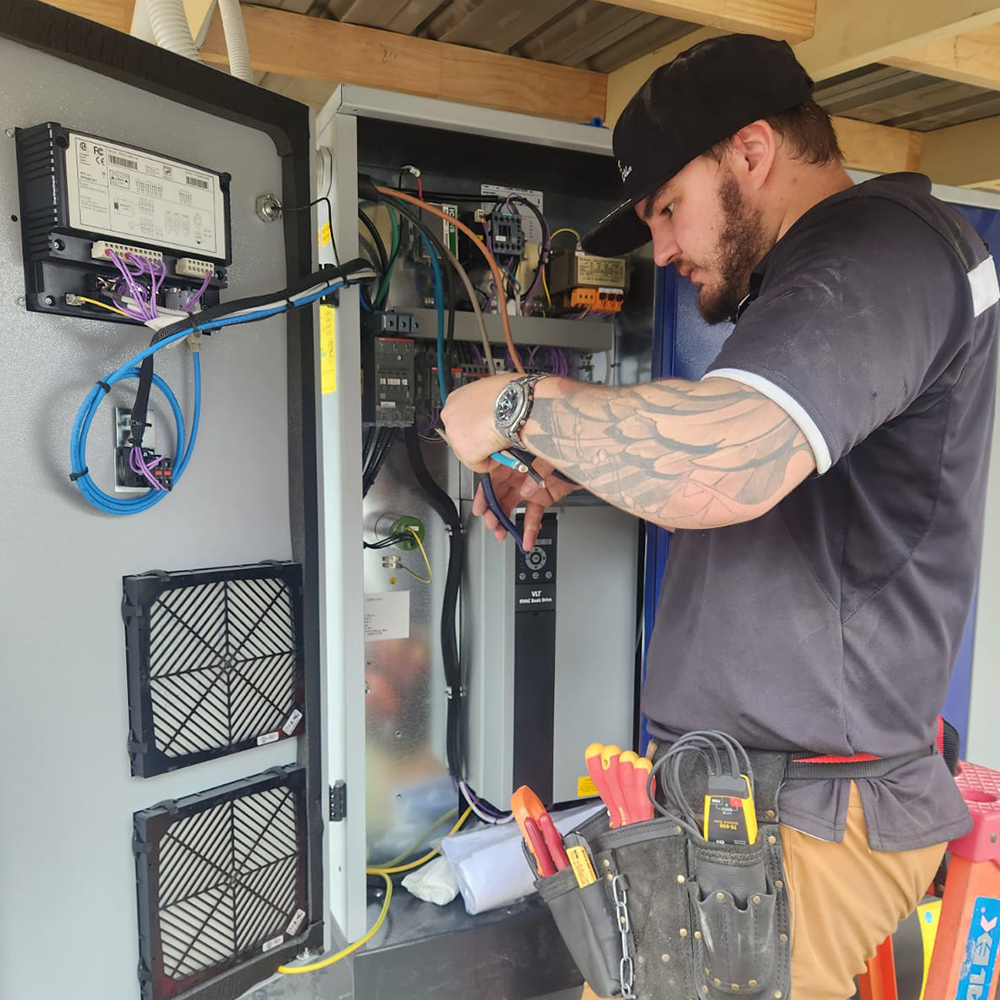Inspecting Outlets and Switches: A Comprehensive Guide
Comprehensive Guides →
Ensuring the safety and efficiency of your home’s electrical system is paramount, and regular inspections of outlets and switches play a critical role in this process. This guide provides an in-depth look at how to check these components for signs of wear, damage, or malfunction.

Understanding the Importance of Regular Inspections
Conducting Thorough Inspections
Operational Tests
Sensory Observations
Advanced Considerations
Testing Ground Fault Circuit Interrupter (GFCI) Outlets
Safety Precautions
Residential
EXPLORE →
Commercial
EXPLORE →
Industrial
EXPLORE →
